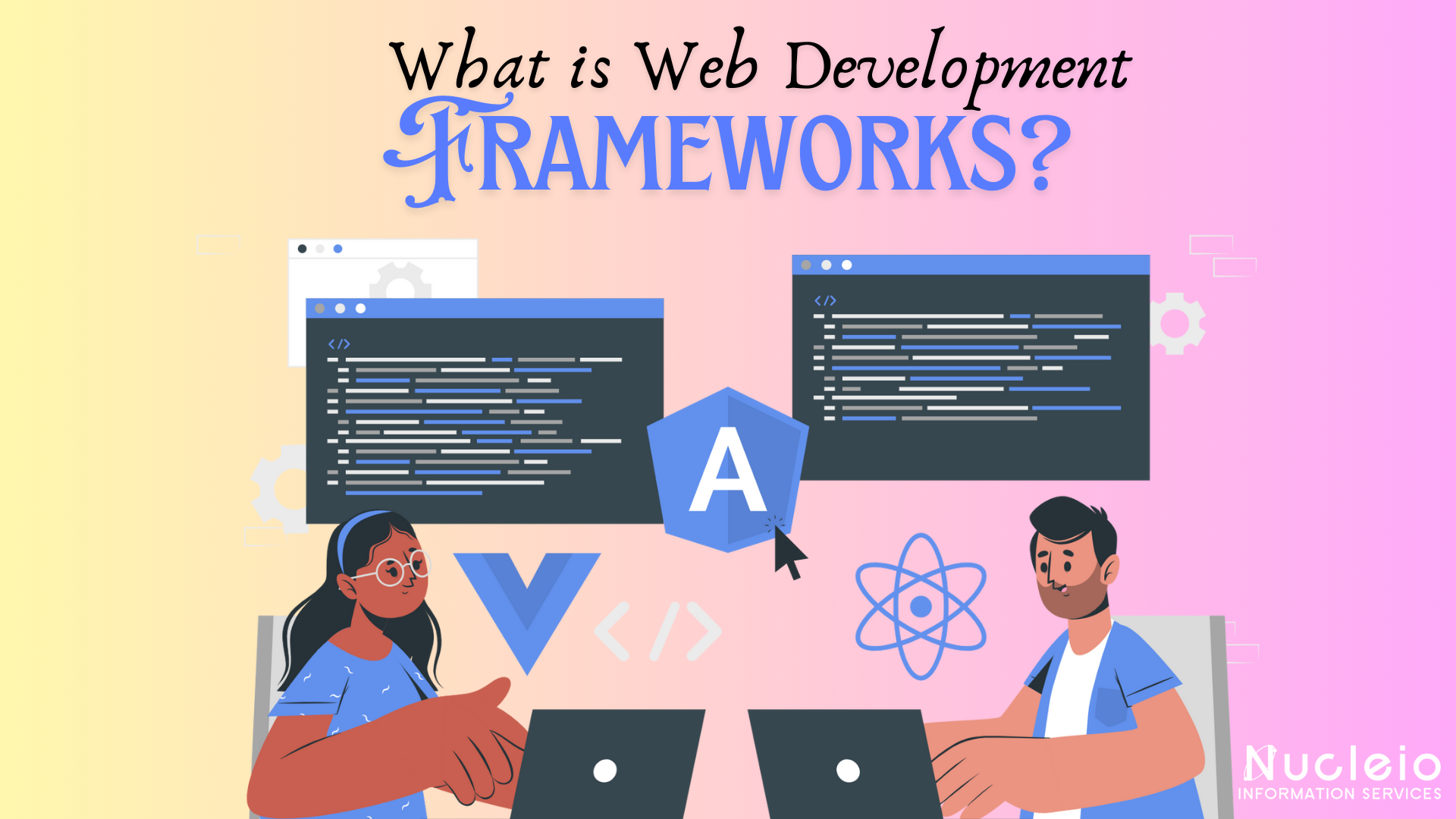The web development landscape is constantly evolving, and frameworks have become an essential tool in every developer’s arsenal. Whether you’re a seasoned coder or just starting your journey, grasping the power of frameworks and selecting the right one for your project is crucial. This guide will unveil the wonders of web development frameworks and equip you with the knowledge to make informed decisions.
Imagine a web development framework as a blueprint for a house. It provides a structured foundation, complete with pre-built tools, libraries, and established practices to streamline the development process and efficiently construct web applications. Think of it as a shortcut – you leverage pre-written code and proven patterns, saving significant time and effort.
Simplifying the Complexities of Web Development
Frameworks exist to tame the complexities of web development by offering readily available components, libraries, and tools. They essentially handle common tasks and challenges, allowing developers to focus on the unique aspects of their project. Instead of constantly reinventing the wheel, developers can concentrate on crafting innovative features and tackling specific problems.
The Framework Family Tree: Exploring Different Types
The world of web development frameworks is vast, but let’s explore the three main categories:
- Frontend Frameworks: These rockstars focus on crafting exceptional user interfaces (UI) and user experiences (UX). Think React.js, Vue.js, and Angular. They excel at building interactive and dynamic interfaces, utilizing concepts like component-based architecture, virtual DOM manipulation, and state management to create captivating and responsive web applications.
- Backend Frameworks: While the frontend focuses on what users see, backend frameworks handle the magic behind the scenes. Express.js (Node.js), Django (Python), and Ruby on Rails are some prominent examples. They’re designed to manage the server-side aspects of web development, including routing, interacting with databases, and developing APIs. Essentially, they provide the infrastructure to effortlessly build secure and scalable web applications.
- Full-Stack Frameworks: Imagine having a framework that tackles both the frontend and backend – that’s the beauty of full-stack frameworks. MEAN (MongoDB, Express.js, Angular, Node.js) and MERN (MongoDB, Express.js, React.js, Node.js) are popular options. They offer a unified solution, streamlining development and ensuring smooth data flow between the client and server. This integration simplifies the process and reduces the burden of managing multiple frameworks.
Factors to Consider
Selecting the right framework hinges on several key factors:
- Project Requirements: Carefully evaluate your project’s specific needs, including scalability, performance, and complexity. Choose a framework that aligns with your project’s goals and can accommodate future growth.
- Community Support: A vibrant community surrounding a framework is invaluable. It provides access to resources, documentation, and community-driven libraries. A strong community also makes it easier to troubleshoot issues and stay updated on best practices.
- Learning Curve: Be realistic about your team’s familiarity with the framework and its related technologies. Opt for a framework that aligns with your team’s skillset to minimize the learning curve and maximize productivity.
- Performance: Not all frameworks are created equal. Research performance benchmarks and real-world usage scenarios to ensure the framework can handle your project’s demands. Choose a framework that offers optimal performance without compromising stability or scalability.
- Scalability: Consider how your application might grow in the future. A scalable framework can handle future expansion and maintenance without introducing complexity or hindering performance.
Conclusion
Web development frameworks are a game-changer in modern web development, empowering developers to create robust and scalable applications efficiently. By understanding the different types of frameworks and considering these key factors during selection, you can embark on your development journey with confidence, knowing you’ve chosen the right tool for the job. Whether you’re crafting a simple website or a complex web application, the right framework can make all the difference. So, take your time, explore your options, and choose wisely – after all, your project’s success depends on it. Remember, the goal isn’t just to build something functional, but to create something exceptional. With the right framework by your side, you’re well on your way to achieving greatness in the world of web development. Happy coding!

